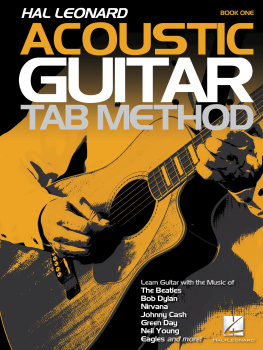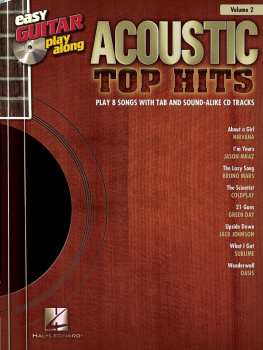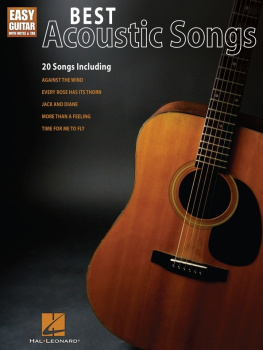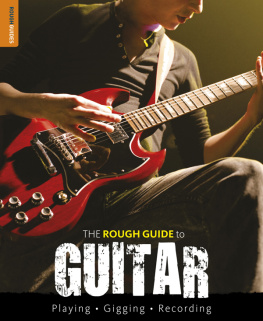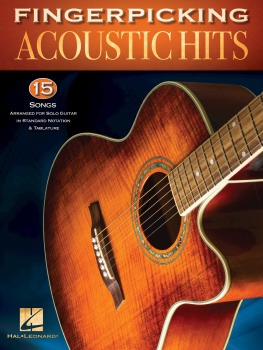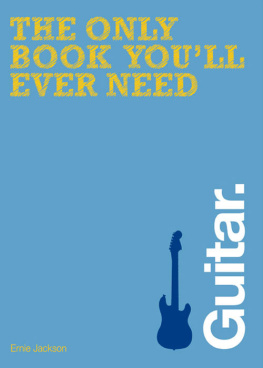Acoustic Guitar for Beginners
Advanced Guide for Playing Songs and Recording Guitar Like A Pro
Copyright 2020 by Peter F. Sheldon- All rights reserved.
The content contained within this book may not be reproduced, duplicated, or transmitted without direct written permission from the author or the publisher.
Under no circumstances will any blame or legal responsibility be held against the publisher, or author, for any damages, reparation, or monetary loss due to the information contained within this book, either directly or indirectly.
Legal Notice:
This book is copyright protected. It is only for personal use. You cannot amend, distribute, sell, use, quote or paraphrase any part, or the content within this book, without the consent of the author or publisher.
Disclaimer Notice:
Please note the information contained within this document is for educational and entertainment purposes only. All effort has been executed to present accurate, up to date, reliable, complete information. No warranties of any kind are declared or implied. Readers acknowledge that the author is not engaging in the rendering of legal, financial, medical or professional advice. The content within this book has been derived from various sources. Please consult a licensed professional before attempting any techniques outlined in this book.
By reading this document, the reader agrees that under no circumstances is the author responsible for any losses, direct or indirect, that are incurred as a result of the use of information contained within this document, including, but not limited to, errors, omissions, or inaccuracies.
Table of Contents
Introduction
Having a passion is always fulfilling because it gives you something to look forward to. A simple activity can hold an individual's passion for a long time, sometimes for their entire lifetime! Music is such a passion. It can evoke the deepest feelings of a person without much effort at all. Well, the last part about that statement is partly false. There is a lot of effort required in trying to hone one's passion for music. Consistent effort is required to convert this passion into a skill, after which it can feel effortless, almost as if it comes naturally. At that point, music could be considered as the most expressive instrument in this world. It can also feel effortless for the right kind of musicians!
Having said that, almost anyone can be fairly skilled at playing a musical instrument if they are determined enough. An individual must dedicate a few minutes (preferably a few hours) each day to the instrument. Buying a quality instrument it is indeed the first step in the process of learning and expressing yourself through a musical instrument.
One of the most common instruments that young individuals choose is the acoustic guitar. It is a fairly common first choice since musicians can achieve a lot more with this one instrument than by choosing many other different types of instruments. The most alluring aspect of a guitar is the fact that musicians can perform complete songs by themselves without the need for a band. Some other instruments, like drums, play the supporting act in many songs; however, the acoustic guitar can be the main act in many performances. It can also become the supporting act depending on the arrangement of the piece/band/song. This illustrates the point made earlier about the "possibilities" of the acoustic guitar. Musicians can create an endless range of soulful sounds that can be pleasing and unique at the same time.
This guide is based on the acoustic guitar and aims to cover all the necessary aspects of the guitar that all beginners should know. It also aims to build on those concepts so that beginners can take the next step in their guitar learning endeavors. Each step, from choosing the perfect guitar to playing a complete song arrangement, has been discussed in astonishing detail. These details, if studied carefully, will definitely help newcomers to raise their guitar playing skills. A complete understanding of a topic requires students to understand the origin of the argument, and this guide will also start by introducing students to the origin of the acoustic guitar.
Yamaha, a leader in the instrument manufacturing industry, claims that Christian Frederick Martin was the first man to create a guitar that had steel strings (Yamaha, 2020). The traditional versions were not made with steel, and this obviously created a different sound. This German immigrant (to the United States) is responsible for the sound that we are all used to in the modern world. This shift to the steel strings was made so that musicians playing "country music" at the time could easily switch over from the banjo (Yamaha, 2020). A completely new sound was produced, compared to guitars without steel strings, as the structure was made to withstand the force exerted by the strings. This change in how guitars were made was brought about in the 19th century, and even during this time, they were not really called acoustic guitars.
They had several names, such as the "classical guitar" or the "dynamic guitar." The latter was sold by Yamaha and is known to be one of the first to have these steel stings that were talked about. These steps are important to mention as they a critical part of the history and inception of the "acoustic guitar." They were "officially" being labeled as "acoustic" around half a century ago. The first one is even said to be produced in Japan. The first ones were modeled on previous guitar versions, such as the classical. Thus, they had a thinner body similar to those previous versions.
One would imagine that this design remained consistent with the current age; however, like all things in the world, guitars also evolved. Their bodies became thicker as musicians demanded a fuller sound from their instruments. The thinner versions created a crisp and clean sound; however, the general trend seemed to go in the direction of thicker guitars. The thicker guitars are commonly used today. However, some music enthusiasts try all sorts of guitars to produce the sound that they require. As a beginner, it is essential that you choose the right kind of guitar! Some beginner options are discussed in the following chapters, so there is no need to worry about that right now.
The Learning Process
This section discusses the vital process that this guide presents and how readers can follow the guide in an effective manner. This process that is presented is labeled as "the learning process" for the sake of simplicity. It allows for frequent mentioning of the process without confusing readers about which process the chapter talks about.
The most important thing to note under this process is organization. You are encouraged to study the guide in the order that it is presented in if you are a beginner. The guide has been organized in such a way that the second step is only achievable if the first one has been perfected. The third step will be achievable when the second step has been completed. So, in this way, beginners can learn to play the acoustic guitar very quickly, since everything has been arranged as if a tutor is teaching them. The information has been conveyed in simple terms so that the guide is accessible by more beginners.
Beginners are advised to read the book and follow it; only then can you choose which chapters to read. However, if someone is not a beginner but still wants to revisit some of the basics, it can do so by reading from the chapters that have been labeled efficiently. There should be no problem in finding what you are looking for since each heading has been kept as straightforward as possible.
The learning process starts off with the basic introduction to the most important part of the guitar: strings. This introduction will start off in the next section, after which the first chapter will share some information that will allow beginners to familiarize themselves with guitars in general. It will also give you an overview of the various choices that musicians have when selecting/buying a guitar (chapter 8). Study it carefully if you want to generate the most out of your guitaring experience in the most cost-effective manner.





